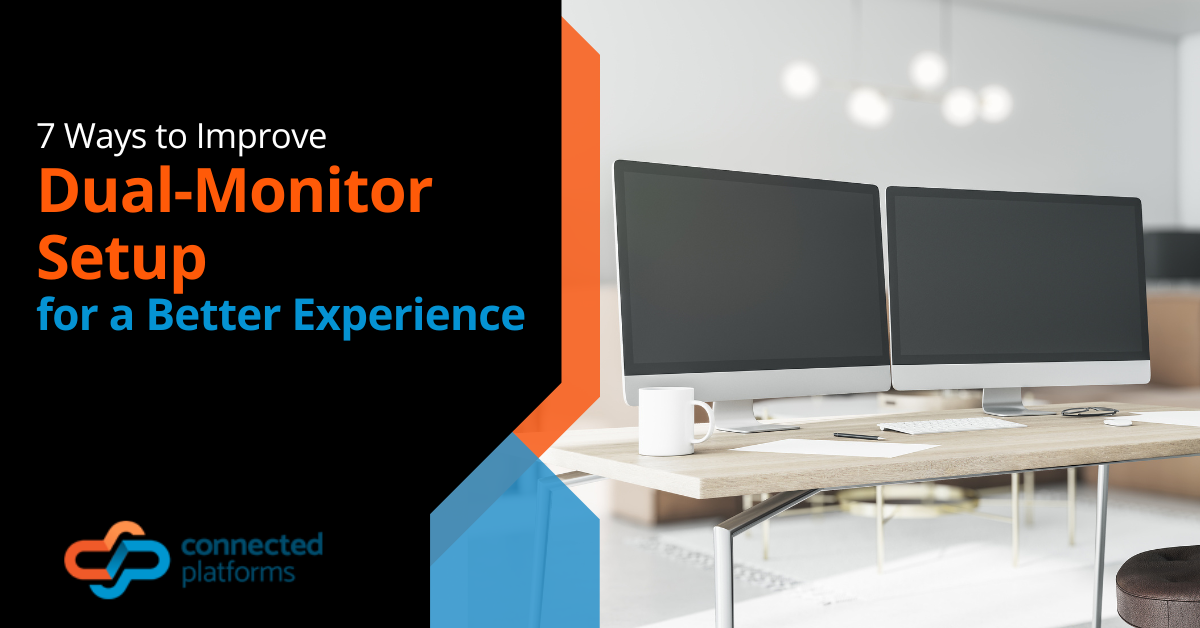It’s been an eventful 12+ months for technology during the pandemic, not only for companies in Brisbane, Australia, but around the world. Many have had to reinvent the way they do business to adjust to societal changes.
The rise of the video conference and remote working employees have both been drivers of connection and business continuity over the last year. And it looks like they’ll be sticking around even after the pandemic has passed.
The number of global employees working from home permanently is expected to double in 2021.
Any smart business owner learns to adapt to survive and also looks back to find lessons that can inform business strategy moving forward.
There have been a lot of COVID lessons about people, business, and technology that you can learn from to build a stronger and more resilient business in the future.
We’re Not Fully Tapping Technology for Better Customer Experience
It often takes “business as usual” getting turned on its head before a company will innovate and truly think outside the box of how they’ve always been doing things.
The pandemic forced companies to find other ways to interact with customers to survive, and many of those ways improved customer experience. Such as curbside pickup and contactless retail experiences.
A good portion of those improved experiences that companies had to invent this year may have never come about if it weren’t for the pandemic.
The lesson here is to continually think “How else could we do things? What if we couldn’t serve customers the way we do now?” and keep striving to reinvent and upgrade your customer experience through use of technology.
We Can Do More Remotely Than We Realise
The pandemic taught everyone that we can do more remotely than we thought. Everything from courthouse appearances to awards shows were conducted virtually this past year. And with some planning and investment in quality apps and equipment, the remote can be a good alternative to more traditional technology during the pandemic.
It’s also less expensive and more planet-friendly than traveling for every meeting or other event. Companies have also found that their entire operations can be run remotely with the right cloud technologies in place, saving considerable overhead.
How to use this going forward is by strategising your mix of in-person and remote for your staff, customers, and vendor interactions and operations. By balancing the two, companies can save money without losing important interactions.
Business Continuity & Disaster Recovery Planning is a MUST
One of the biggest business lessons about technology during the pandemic is that anything can happen to endanger your business that you never dreamed of before. The pandemic not only brought a stop to business as usual, causing most companies to have to close their physical locations, it also drastically changed consumer behavior. Another hit was that it wasn’t short-term. It’s been over a year, and we’re still not out of it completely yet.
For companies that looked at business continuity and disaster recovery planning as a “wish list” item for when they have time or feel they’re big enough to need it, it’s become clear that every company of every size has to have a Plan B.
Business continuity plans give companies a roadmap back to operations and making money as fast as possible after a crisis event and can drastically reduce the downtime and losses they experience. This should be a “living and breathing” strategy that is updated and reviewed regularly.
It’s Time to Cut As Many Ties As You Can to a Physical Location
Any companies that still had legacy landline phone systems when the pandemic hit, suddenly saw the necessity of VoIP business phones that can be used from any location.
For any processes that can be made virtual, it’s important to have cloud solutions, which enable a business to continue operating fluidly from any location.
For example, companies that already had VoIP phone systems in place pre-pandemic, would not have experienced any problems with receiving or making calls from business lines when everyone had to work from home suddenly. Unlike those with landlines that had to come up with workarounds.
Things Aren’t Going Back Completely
We’re already seeing signs that many of the pandemic transitions are going to be permanent. In addition to companies keeping remote workforces in place, we’ve seen how big feature movie releases are now continuing to come out on streaming and in theatres at the same time.
Another indicator of change is the WELL health and safety rating for buildings that’s being promoted as a way to boost customer confidence post-COVID.
These are just a couple of indicators that we’ve moved forward to a new digital era and companies need to look ahead and not back post-pandemic so they can continue being competitive.
Is Your Company Ready for the New Digital Business Transformation?
Are you worried about your business technology during the pandemic? Connected Platforms can help with your Brisbane MSP services to improve your processes and put together a strong business continuity strategy going forward. Contact us for a free consultation by calling 1300 866 096 or book a coffee meeting online.




